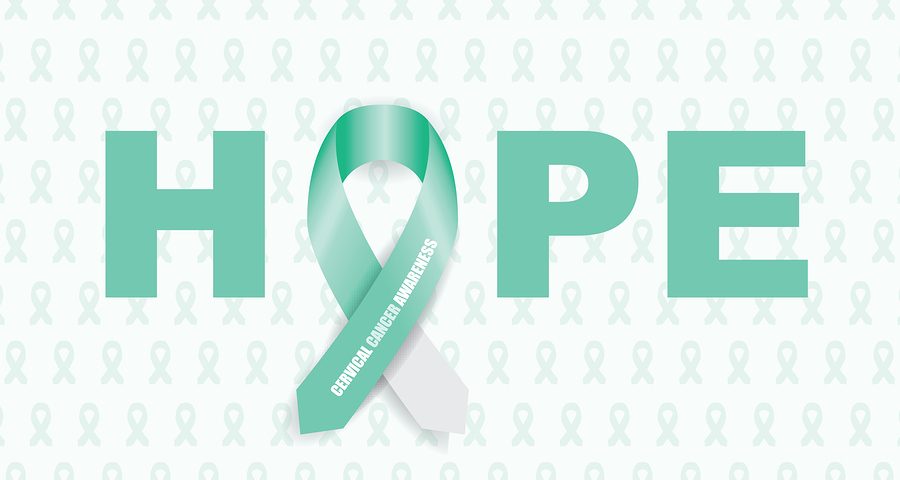Cervical Cancer: Raising Awareness

Breast cancer awareness is high, even for people who don’t have family or friends who suffered, from the disease. The publicity is largely due to the annual Susan G. Komen Race for the Cure, which occurs in countless cities in the US and internationally. The campaign’s logo, the pink ribbon, is ubiquitously associated with breast cancer awareness.
But what about cervical cancer, one of a few cancers to only affect women? It doesn’t garner as much press as breast cancer. Women primarily know about cervical cancer because of its routine early-detection test, the PAP smear, which checks for possible pre-cancerous or cancerous cells in the cervix. In addition, the relatively new HPV vaccine is associated with preventing the virus that might cause cervical cancer, and the press surrounding this vaccine has raised awareness about cervical cancer.
The difference in knowledge about breast cancer versus cervical cancer might not necessarily be only a matter of publicity though – it could simply be the statistics. Based on previous years, the American Cancer Society predicts the following rates for 2015:
Breast Cancer (Female)
New Cases: Over 200,000
Fatalities: Over 40,000
Rate of Fatality: ~17%
Cervical Cancer
New Cases: Almost 13,000
Fatalities: Over 4000
Rate of Fatality: ~32%
Considering that cervical cancer fatalities are 10% that of breast cancer’s, and new cases are fewer than 7%, the numbers alone might explain why breast cancer gets more publicity than cervical cancer. At the same time though, the rate of fatality of cervical cancer is almost double that of breast cancer. This leads us to wish to increase the awareness about cervical cancer in order to try to diagnose it, and therefore prevent it, more often.
The most common first step towards cervical cancer prevention is the PAP smear. Given to women every few years starting from age 21, this test feels similar to a throat culture, only inside the vagina. The cervix is located at the top of the vagina, and is the entry point for the uterus. Most women only learn more details about the cervix when they are preparing for birth, because cervical dilation (0-10 cm) is the main medical measurement for the stages of birth. In any case, the PAP smear is routinely given as a preventative detection test for cervical cancer.
Cervical Cancer Symptoms
Many women are not aware of the common signs of cervical cancer, because they can be confused for many other issues, such as: regular period pain, irregular periods, urinary tract infection, constipation, a vaginal infection, or even regular pregnancy symptoms.
Therefore, if you experience these symptoms at any time, do not risk doubt – see your gynecologist immediately for testing.
- irregular vaginal bleeding
- vaginal discharge with an unpleasant odor
- watery vaginal discharge
- vaginal discharge tinged with blood
- pelvic or back pain
- pain during sex
- problems urinating
- problems defecating
- swelling of the legs
If cervical cancer is detected early, its treatment has a high chance of success. Keep up your awareness, and spread the word to others as well. Cervical cancer does have its own awareness logo – a green ribbon. Using the green ribbon logo, along with formally and informally sharing the information, together, hopefully we can better cope with cervical cancer risks.
